- More
'I learnt how to graft at the National Stud and nailed the art of mucking out!'
Meet Bloodstock South Africa's Romi Bettison - also an accomplished photographer
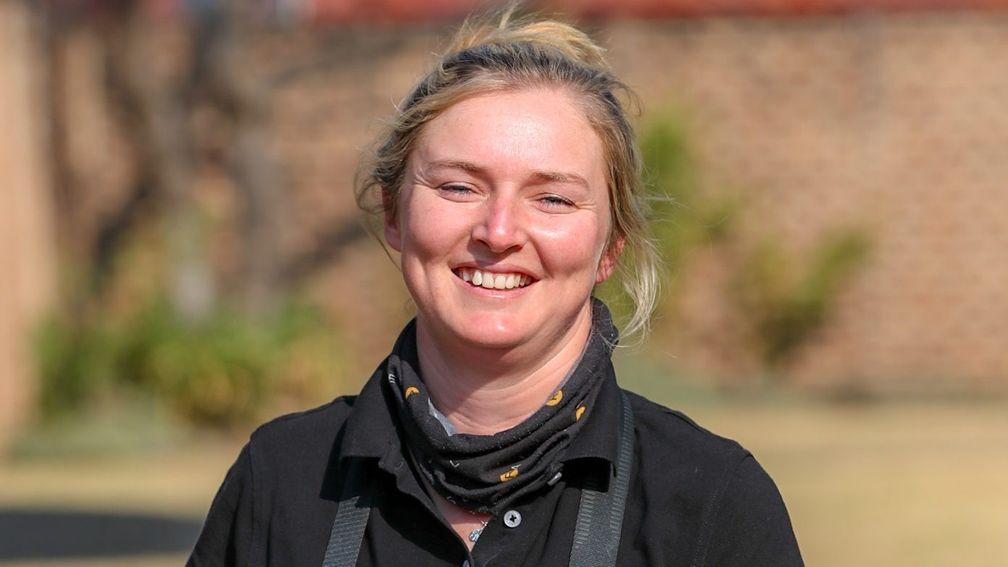
The first few months of the year are packed with the racing and sales highlights of the South African calendar, so a particularly busy time for Bloodstock South Africa's Romi Bettison. Born and bred in Cape Town, she is an ace photographer who particularly enjoys the challenge of youngstock, while she took the National Stud course during a two-year visit to Britain. Here she tackles our Q&A.
Where did your interest in horses come from?
Surprisingly, none of my family are horsey, but I still managed to get the horse bug. I started riding around the age of seven and never looked back.
Bring us up to speed with your professional career, at home and overseas…
My first job was a trail guide for three years, when I was still at school. When I finished school I got a job at Avontuur with Pippa Mickleburgh, doing night shifts during the foaling season. I did two foaling seasons with Pippa and a yearling prep with Klawervlei Stud in Bonnievale. I also temporarily worked in Beaufort West with Charlie Koster at the Klawervlei quarantine station.
I then went over to the UK and completed the English National Stud course and ended up staying in England for two years. Following the National Stud, I worked as a stud groom with Ted Voute. I then moved to a smaller stud called Aston Mullins - breeders of Make Believe - and worked as the stud and eventing groom there.
After coming back to South Africa I moved to Piketberg in the Western Cape to work as the assistant manager at Moutonshoek, where I stayed for just over three years. During this time I was also completing my equine veterinary nursing diploma, and working for Dr Bennie Van Der Merwe was fantastic as it was really hands-on and I learnt a great deal.
I decided to leave Moutonshoek in 2018 and head back to the UK to do another sales season - three months in 2018 and again in 2019 - and moved from sale to sale between England and Ireland. I wanted to take on photography a bit more seriously, as I have always done it as a hobby, so I looked into yearling photography after years of working closely with the late Michael Price.
He was a great mentor to me and gave me loads of insights into yearling photography and showed me most of what I know today. Moutonshoek, Wilgerbosdrift and Winterbach were my first clients and have been with me ever since. They have given me fantastic support over the years and I'd really like to thank them.
Since then I have grown my client base quite dramatically and now photograph approximately 13 farms in the Cape for yearlings and have got a number of clients for various other equine-related photography, from stallions, foals, to monthly client update photos of breeding stock and horses in training. Again, I'd like to thank all of my clients; this industry has really supported me so much and I appreciate every one of them.
At the end of 2020, I joined the Bloodstock South Africa team on a contractual basis to run the marketing side, as well as the sales yard during all of the sales. Candiese Lenferna and I run their social media and do their content creation.
What were the key takeaways from the National Stud course and your time in the UK?
I definitely learnt how to work hard at the National Stud, and I nailed the art of mucking out! It was great working in the UK and seeing how things are done there. While a lot of the basics are similar between here and the UK, there are a lot of differences in the raising of the young stock and the prepping process before heading to the sales.
One major difference in the young stock would be the amount of handling they receive in the UK compared to South Africa as young foals. The foals lead beautifully by two weeks old in the UK, whereas here in South Africa they will generally be handled properly only as weanlings. There is also a large difference in prepping as in the UK the exercising is largely lunging, long lining and walkers, whereas in South Africa it is primarily hand-walking and walkers, and paddock time. Not saying either is right or wrong, it's just very interesting seeing how different countries work to ultimately get to the same result.
Who have been the biggest influences in your life and career?
There are a few people. My parents, who have always been supportive in my career choices. Michael Price must be my biggest influence with equine photography and my biggest mentor as well - a fantastic photographer and he is greatly missed. Pippa Mickleburgh of Avontuur Estate was a wonderful mentor to me and really pushed me in the right direction with my career; she also was the reason I went to the UK.
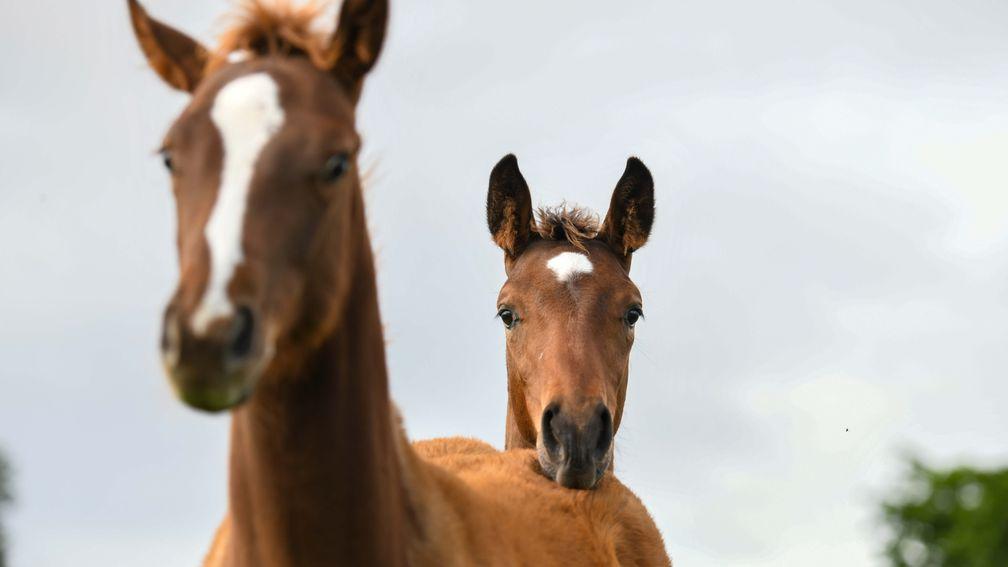
Photographing foals can’t be a walk in the park - can you reveal a trade secret or two?
Biggest secret . . . patience, patience, and more patience. Horses, especially foals and yearlings, have no idea what you are asking them to do and we need to be understanding of that. Having good handlers is incredibly necessary too.
Do you have a soft spot for any particular sire at home or overseas?
In South Africa it has to be The United States. A gentler stallion you will not meet. He has the looks, the pedigree and the temperament, what isn't there to like? Overseas, I have always had a large soft spot for Oasis Dream, I got to meet him while there and I just loved him. Obviously, the almighty Frankel has to get a mention too.
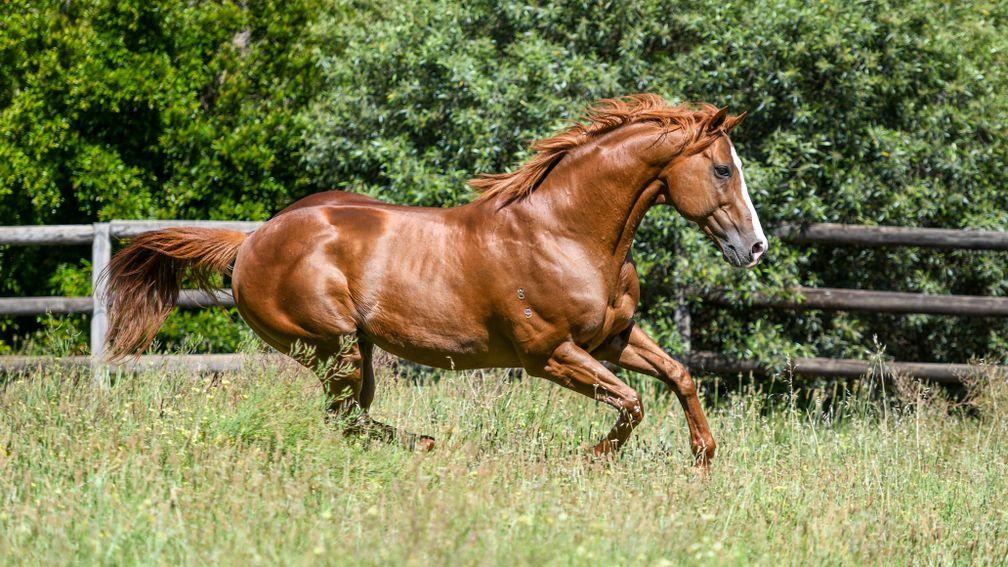
What are the main events on the horizon for Bloodstock South Africa?
We have just completed a record-breaking Cape Yearling Sale, which was held at Kenilworth racecourse in Cape Town on February 27. The sale boasted two millionaires, and a fantastic aggregate of R22.57 million (£1.1m/€1.3m), which is almost double that achieved at the Cape Sale last year. The average price of R155,655 also nearly doubled from last year's Cape Yearling Sale of R83,582. It's a great start to the 2022 sales season and we are incredibly excited for what the future holds.
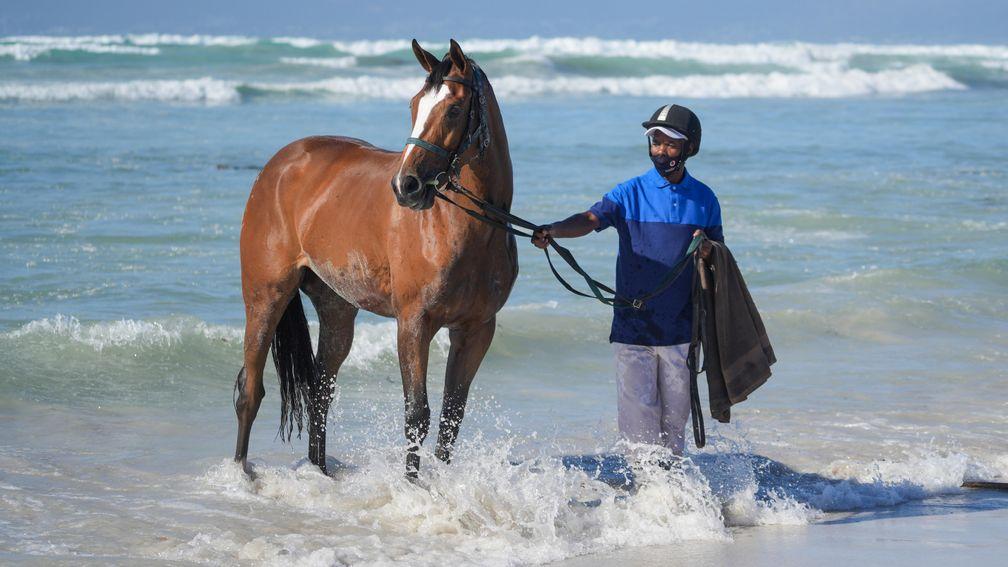
The National Yearling Sale is coming up on April 28-29. It is our premier sale of the year and it is always exciting to see the quality lots on offer there. Some recent stars who have come out of previous National Yearling Sales include the very talented Jet Dark, a three-time Group 1 winner, the big-hearted Captain's Ransom, a four-time Group 1 winner, Equus Champion Horse of the Year Rainbow Bridge, who has won five Group 1s, and Australian and South African Group 1 winner Yulong Prince. We are hoping to see many more future champions come out of this year's National Yearling Sale.
Following the National Yearling Sale, we still have the KZN Yearling Sale on June 30 and July 1, the August 2YO Sale on August 26-27 and the November 2YO Sale on November 27.
We would love to invite all internationals who would be interested in buying in South Africa to join us at the National Yearling Sale in April.
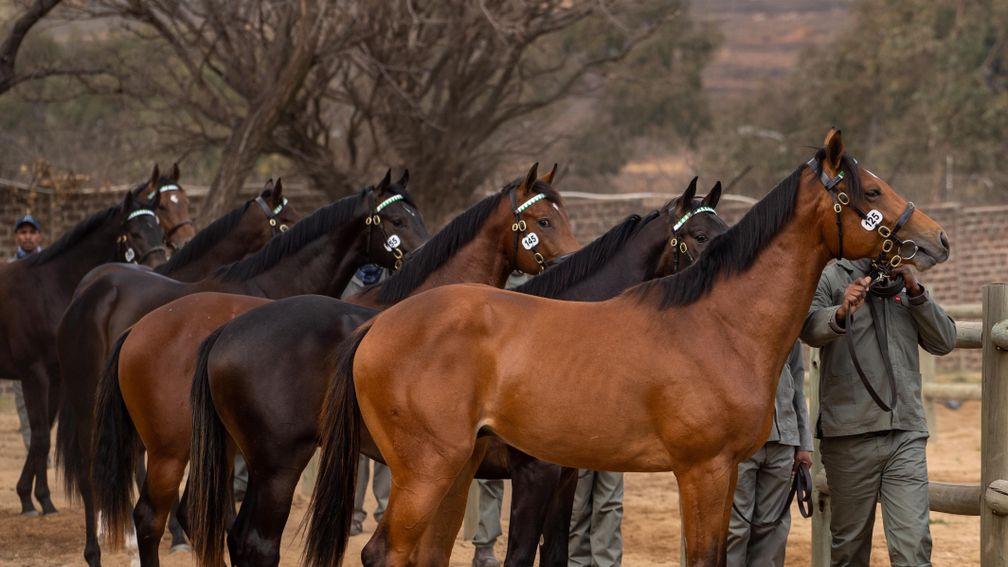
We are also very excited about our incentives for this year. We have increased the Maiden Juvenile Plate Bonuses from R60,000 to R100,000 and we have added in a BSA series consisting of six races with a stake of R400,000 each. There will be three races for fillies and three for colts. two will be run in Johannesburg, at Turffontein, two in Cape Town at Kenilworth, and two in Durban at Hollywoodbets Greyville.
If you had a magic wand to improve one aspect of South African racing, what would it be?
I'd wave it to enable simple export protocols for South African horses. We have quality horses here, and they could take on the world, given the opportunity.
Read more
(£) The point-to-point and sale ring graduates set to take Cheltenham by storm
The extraordinary trick for 'dummy foals' that might blow your mind
Supremacy has first mares scanned in foal
Exciting plans for sires and mares as Tweenhills reveal 2022 direction of travel
Published on inNews
Last updated
- Royal Ascot winner Arizona on the move as Coolmore sire joins the exodus to Turkey
- Something different for Burrows as Group 1-winning trainer consigns at the Tattersalls Cheltenham December Sale
- Breeding right to Blue Point sells for €430,000 on Darley winning bid platform
- Classic hero Metropolitan set for strong home support with Etreham busy at the sales
- 'It has been nothing short of incredible' - Grace Hamilton on Godolphin Flying Start experience
- Royal Ascot winner Arizona on the move as Coolmore sire joins the exodus to Turkey
- Something different for Burrows as Group 1-winning trainer consigns at the Tattersalls Cheltenham December Sale
- Breeding right to Blue Point sells for €430,000 on Darley winning bid platform
- Classic hero Metropolitan set for strong home support with Etreham busy at the sales
- 'It has been nothing short of incredible' - Grace Hamilton on Godolphin Flying Start experience